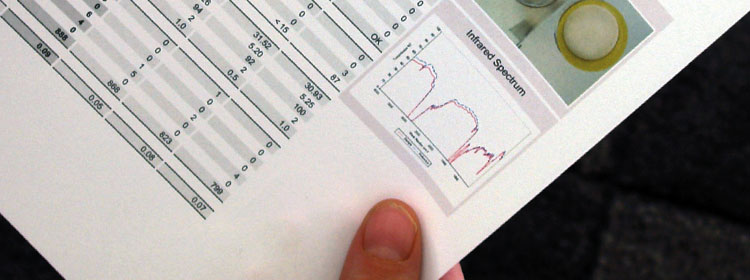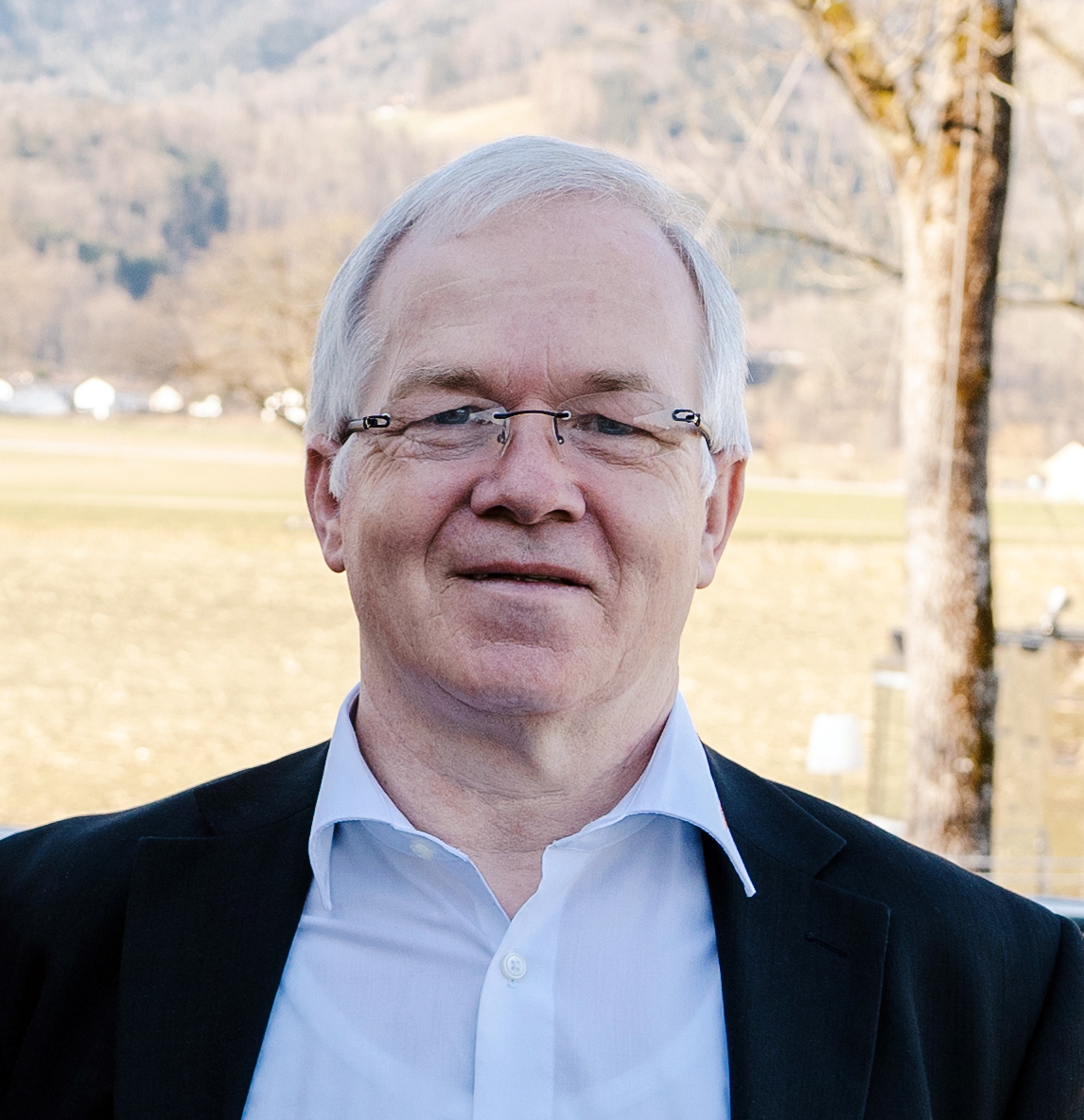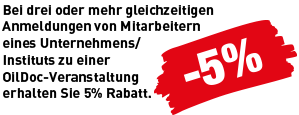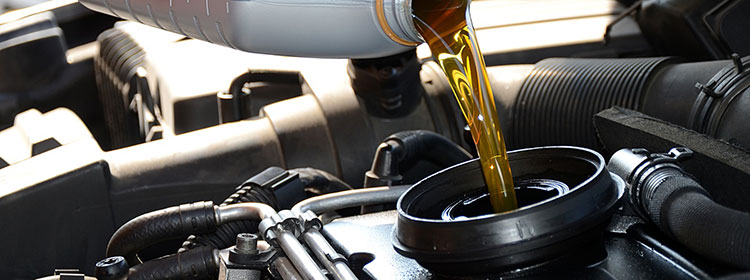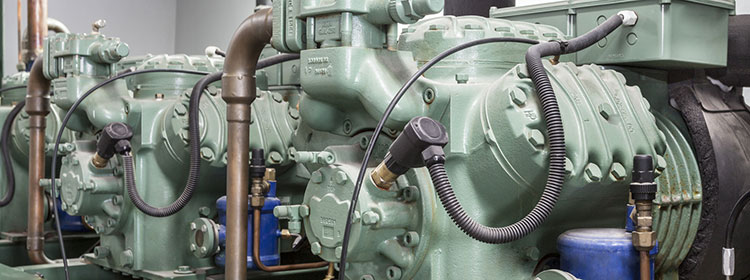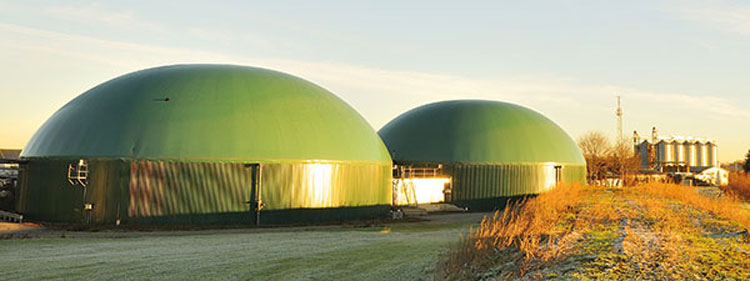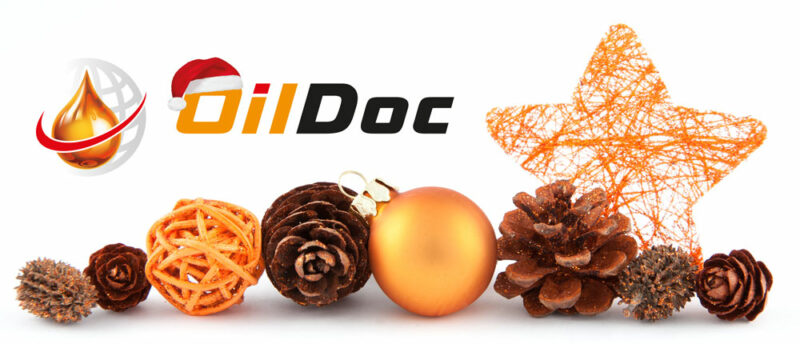Practical application of infrared spectroscopy for lubricant analysis
Infrared spectroscopy (IR) is one of the most effective methods for precisely analysing lubricants and identifying their composition and ageing processes. Despite the long-established fundamentals of FT-IR spectroscopy, the correct interpretation of IR spectra remains a challenge for many users. The constantly evolving types of lubricants, especially modern synthetic variants, pose new challenges for traditional analysis methods. While traditional standards such as DIN or ASTM often reach their limits, modern numerical methods enable a significantly more accurate assessment of lubricant quality and its suitability for use. In practice, the quality of the analysis results depends primarily on the correct handling and evaluation of the spectrum data.
Our seminar provides you with in-depth knowledge on the application of FT-IR spectroscopy in lubricant analysis – from the basics to practical examples based on over 25 years of experience and hundreds of thousands of analysed spectra. This will teach you how to reliably read and understand IR spectra of oils and lubricants and use them specifically for your quality control purposes. Take advantage of modern IR analysis methods to reliably test lubricants and evaluate their performance.

- Safe use of FT-IR spectroscopy for lubricant analysis
- Identification of important basic oil and additive components
- Use of FT-IR spectroscopy for quality assurance and incoming goods inspection
- Use of conventional and chemometric methods for monitoring used lubricants
- Practical interpretation of FT-IR spectra, taking sources of error into account
- Identification of unknown substances using FT-IR libraries
- Linking FT-IR results with other lubricant analysis methods

- Personnel of labs with Relations to lubricant analytics
- Skilled employees from technical and sales departments of lubricant producers and their trade partners
- Operating fluids responsibles of machine and component producers
- Quality managers and employees from the area warranty of machine and lubricant Producers and their suppliers
- Technical purchasers for lubricants and operating fluids
- Skilled employees working in condition Monitoring, oil care and fluid management
- Technically interested employees who want to extend their knowledge about lubricants

